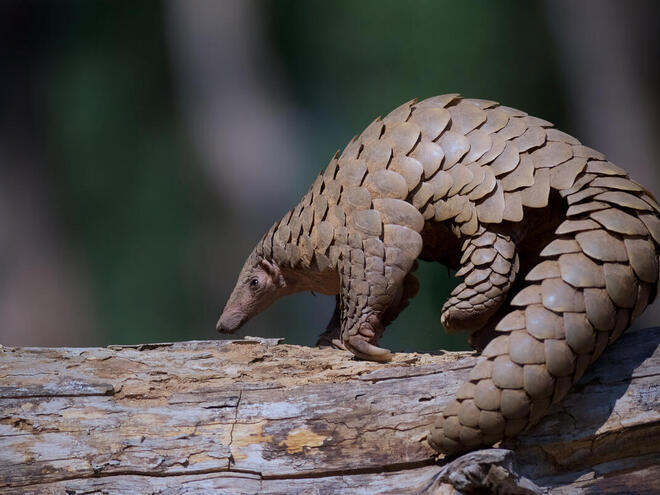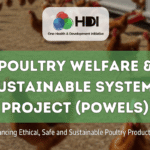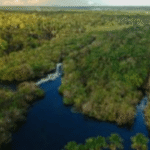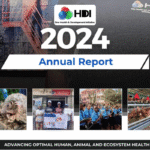Pangolins are a unique group of mammals that are only found in Africa and Asia, with four species present on each of the two continents. They are the only scaly mammals on earth and occupy a wide range of diverse habitats which include primary and secondary forests, grasslands, savannahs, mangroves, riverine forests, and agricultural fields. The pangolin species that are found in Africa are the White-bellied, Black-bellied, Giant ground, and Temminck’s pangolins; while Asia houses the Sunda, Philippine, Chinese, and Indian Pangolins. Of the 8 species of pangolin, 3 are listed by the IUCN as Critically Endangered (Sunda, Philippine and Chinese pangolin), 3 as Endangered (Giant ground, White-bellied and Indian pangolin), and 2 (Temminck’s and Black-bellied pangolin) as Vulnerable.

Why do we choose to protect Pangolins?
Ecological Importance: Pangolins are ecologically important species as they feed primarily on ants, termites, larvae, and other invertebrates. They consume about 70 million insects per annum which equates to almost 200,000 insects per day. Their consumption choices help to regulate ant and termite populations, control disease in forest trees and maintain ecosystems. Inadvertently, these insect populations which are crucial natural predators are controlled by pangolins, thereby further aiding in the natural control of pest infestations on farms. Through this, Pangolins also serve as the guardians of the forest because they protect forests from termite destruction. Therefore, if pangolins are absent in the ecosystem, the risk of overpopulation of these ants with potentially lead to dire consequences on forest biodiversity and farmlands.
Land aeration and sustainability: Pangolins are considered habitat engineers as they dig the soil to live and feed, helping soil aeration and mineral fixation. They burrow for sleeping, mating, and searching for food, and this activity promotes soil aeration, enabling the soil nutrients, water, and air to circulate, thereby preventing soil compaction and enabling good production of agricultural plants. Also, the burrows they dig through when abandoned often act as shelters for many forest animals
To stop Illegal trade, trafficking, and consumption
As mentioned earlier, Pangolins are only found in Africa and Asia and all pangolin species are listed as either Vulnerable, Endangered, and Critically Endangered on the IUCN Red List of Threatened Species. Pangolins are at great risk of extinction because they are among the most trafficked and poached mammals in the world. Men harm them directly by hunting and killing them for the illegal wildlife trade of their scales, meat, and body parts, for consumption; and indirectly by destroying their habitat. Pangolins have been the subject of numerous age-old myths and beliefs, which have fueled their trafficking. They are most frequently used for traditional medicine in Asia and Africa with many beliefs that their scales have magical and curative properties, even though none of such pangolin myths have been proven scientifically.
Nigeria is home to three of the four African pangolin species and has been identified as a major transit country for trafficking wildlife products (especially pangolin scales and meat) between Africa and Asia. And if the current trend of illegal trafficking is continued, their future existence is questionable and not guaranteed. This is why we much advocate and act to protect them
Zoonotic implications: Hunting and wildlife trade bring humans and wildlife into close contact and increase the risks of transmission of pathogens causing zoonotic diseases like recent COVID-19. Zoonotic diseases, or those brought on by pathogens that travel from animals to people, are more likely to be transmitted when wild animals are unlawfully butchered, sold, and poached from their natural habitat. Up to 75% of newly developing infectious diseases are zoonotic, including SARS-CoV-2, which started the COVID-19 pandemic, and in which pangolins were suspected and implicated as one of the possible sources of the disease. Also, due to poor hygiene or sanitary oversight, the items offered by trafficking species for human use increase the danger of infectious diseases spreading. Therefore, the increasing risk of zoonotic infections and spillovers is a strong reason to protect pangolins and keep them in their natural habitats/
Conservation concerns: As mentioned earlier, due to the multi-factorial issues causing the plummeting pangolin numbers, the IUCN has listed all eight pangolin species as threatened, with three of them listed as highly endangered. Also, the Zoological Society of London included pangolins in its list of genetically unique and endangered mammals in November 2010. Furthermore, all pangolin species are currently included in Appendix I of the CITES Convention on International Trade in Endangered Species, which strictly forbids international trade unless the product is intended for non-commercial reasons and a permit has been issued. Compliance with these laws and treaty are essential to sustaining the continuous existence of pangolins in our ecosystem. And this is why we much act together to support interventions that protect pangolins.
All these reasons and more are why OHDI haS chosen to protect these animals and halt their rapid depletion in the wild before it is too late. We are doing this by promoting community-based conservation education, advocacy, and action so that we can protect the pangolin species. Join us to protect Pangolins and our wildlife together!











